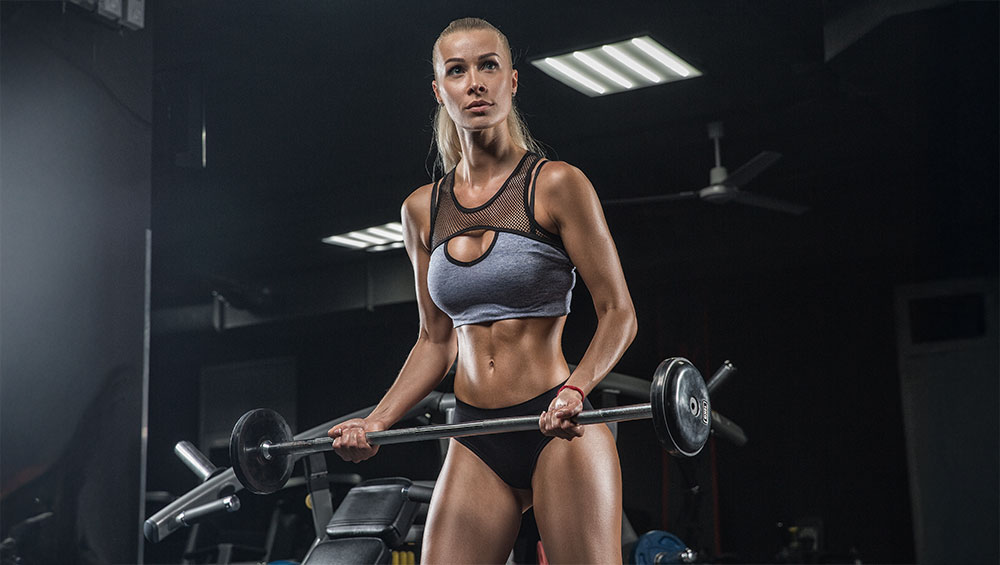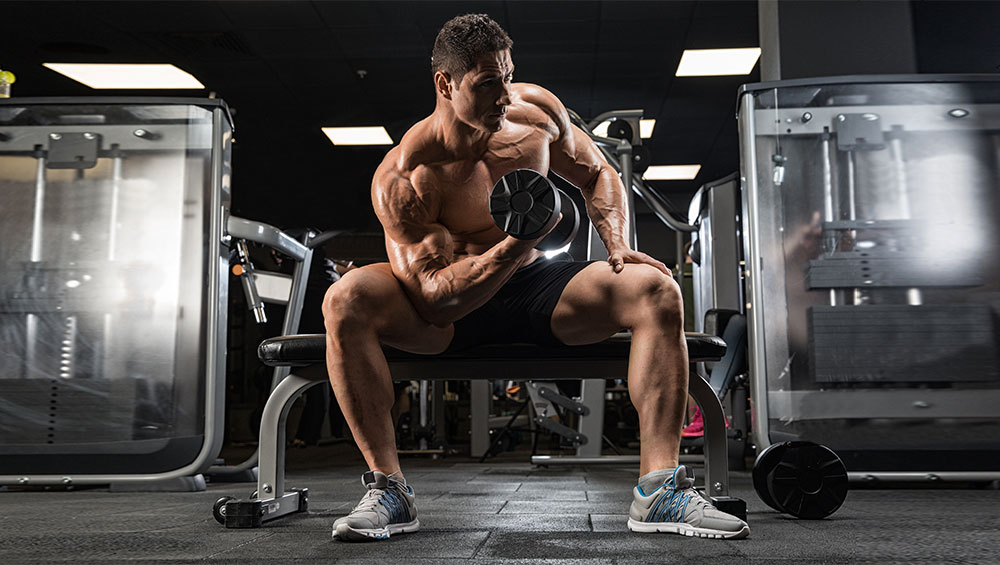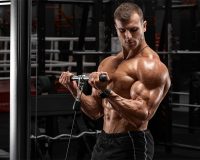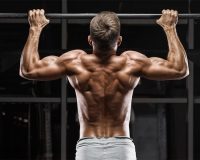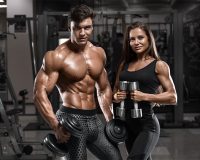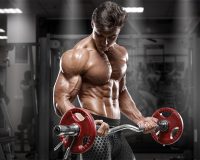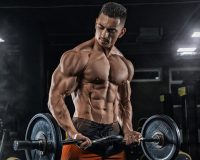From Hoodie Season to Tank Tops: Body Image and Confidence on Steroids
As winter fades and the layers come off, gyms fill with men and women determined to show off the work they’ve put in all year. Tank top season isn’t just about fashion; it’s about confidence. For a growing number of fitness enthusiasts, that confidence is no longer built on protein shakes and reps alone. It’s enhanced, accelerated, and often chemically supported. From testosterone injections to oral fat burners, the widespread use of anabolic steroids and performance-enhancing drugs (PEDs) has transformed how people pursue the ideal physique.
Steroid use is more than just a physical transformation. It’s a combination of confidence, culture, and consequences, driven by three key forces: the pursuit of body image perfection, the psychological highs of performance enhancement, and the growing normalization of PEDs in everyday fitness culture.
The Pursuit of Perfection: Sculpting the Ideal Physique
In today’s image-driven world, the pressure to achieve a lean, muscular body is everywhere. From social media to locker rooms, the expectations for physical perfection continue to rise. According to the National Library of Medicine, between 3 and 4 million Americans have used anabolic steroids at some point, with most users being non-athletes who simply want to look better.
Targeted Compounds for Different Fitness Goals
This surge in demand has been matched by a growing number of compounds and combinations that cater to specific fitness goals. Among the most commonly used injectable steroids are Testosterone Enanthate, Testosterone Cypionate, and Testosterone Propionate, all of which support lean muscle gain, improved strength, and elevated recovery rates.
For users seeking rapid body recomposition, Trenbolone Acetate and Trenbolone Enanthate are widely used. These compounds are known for their powerful anabolic properties and ability to preserve muscle during caloric deficits.
Cutting and Fat Loss Strategies
Cutting phases often include compounds like Winstrol, Masteron Propionate, or Primobolan, which help shed subcutaneous fat and create a dry, vascular look. For an extra edge in fat loss, users may stack orals such as Anavar, Clenbuterol, and T3, often included in the final phases of a summer shred cycle.
Popular Mass Gaining Options
When the goal is bulking, users often turn to classic mass builders like Nandrolone Decanoate, Anadrol, or Dianabol. Blends like TNT 400, which combine multiple esters and compounds, are used for rapid size and strength increases.
Post-Cycle Recovery and Long-Term Strategy
To support hormonal balance after a cycle, users rely on post-cycle therapy products such as Clomid, Nolvadex, Arimidex, or Aromasin, which are essential for recovery and long-term hormonal health.
This pursuit of the “ideal body” has also pushed many users to follow increasingly advanced protocols, stacking compounds for synergistic effects. Intermediate users may combine Equipoise or Deca Durabolin with testosterone for steady gains, then switch to Testosterone Propionate and Winstrol for their cutting phase. For enhanced recovery, some incorporate HCG or peptides like BPC-157, allowing for a sustainable, year-round approach to physique enhancement.
Chemical Confidence: The Psychological Side of Performance
For many, the physical gains from steroids are only part of the appeal. Steroid users often report elevated mood, confidence, and motivation while on cycle. Many users often feel stronger, more assertive, and even more sociable while using anabolic compounds. The psychological lift can be powerful, especially in a society where appearance is often tied to identity and self-worth.
However, the same compounds that boost confidence can also introduce emotional volatility. Aggression, anxiety, irritability, and even depression have been linked to high-dose or long-term steroid use. The phenomenon commonly referred to as “roid rage” is supported by numerous clinical observations. A study in the American Journal of Psychiatry compared 24 male weightlifters with muscle dysmorphia versus 30 normal comparison weightlifters. 46% of the men with muscle dysmorphia reported use of anabolic steroids as compared to only 7% of the comparison men.
When Hormones Drop, So Does Mood
Once a steroid cycle ends, hormone levels crash, often leaving users fatigued, depressed, and demotivated. This is where compounds like HCG and Peura Arimidex come in, helping the body restore endogenous testosterone production and stabilize mood.
To prevent the psychological lows of post-cycle recovery, many users rely on comprehensive post-cycle stacks like those found in the Ultimate Shred Stack or Wolverine Healing Stack, which support both hormonal health and physical recovery.
Steroids in the Mainstream: From Subculture to Standard
The culture around steroids has changed drastically over the past decade. Where once these substances were confined to locker rooms and underground forums, they’re now front and center on YouTube channels, TikTok videos, and even wellness clinics. Influencers talk openly about cycles and dosages, and the rise of telehealth has made compounds like Testosterone Enanthate accessible to younger users seeking TRT, even in their 20s.
The global anabolic steroid market reflects this mainstream shift. According to Market Research Future, the market is expected to reach over 690 million USD by 2030, up from 400 million USD in 2024. This rise is fueled not only by athletes but also by everyday fitness enthusiasts who are no longer content with slow, natural progress.
What Has Driven This Mainstream Adoption?
- Social media transparency. More influencers share their steroid use openly, framing it as honest and educational.
- Easier access. Nowadays there’s plenty of choice with products such as injectables, orals, fat burners, and peptides.
- Stacking solutions. Curated stacks like the Monster Mass Stack or Cutting Stack provide users with complete, cycle-ready kits for both bulking and cutting.
Even recovery peptides and healing agents like BPC-157, TB-500, and IGF-1 LR3 are now considered essential components of a well-rounded protocol.
Steroids have become part of the fitness lifestyle. They’re used not just for competitions but also for aesthetic appeal, confidence, and personal empowerment. As this trend continues, users must stay informed and prioritize safety through responsible usage and proper support supplements.
Conclusion: More Than Muscle, It’s About Identity
The transition from hoodie season to tank tops is more than seasonal. It’s a reflection of how people use science, supplementation, and strategy to create the bodies they want and the confidence they crave. For millions, anabolic steroids are not just about bigger muscles. They’re about showing up in the world with presence, pride, and purpose.
The journey from hoodie season to tank tops isn’t just a change in wardrobe. It’s a reflection of how chemistry, confidence, and culture now intersect at the gym mirror.
To explore pharmaceutical-grade anabolic steroids, recovery compounds, fat burners, and complete stacks, visit Gains Pharma, your trusted partner in performance. For personalized assistance with your cycle, stack, or recovery protocol, contact us today.

